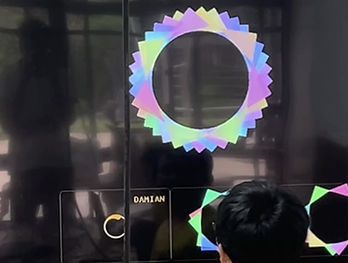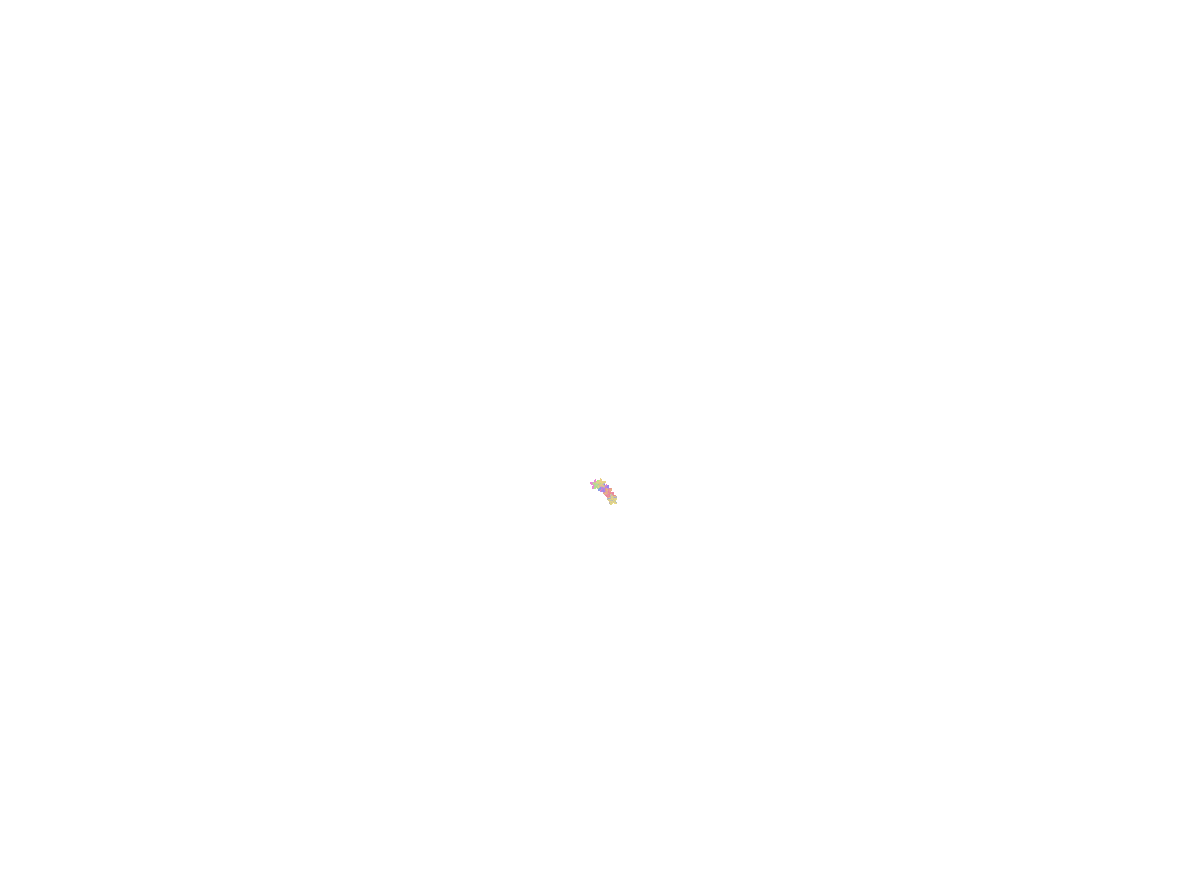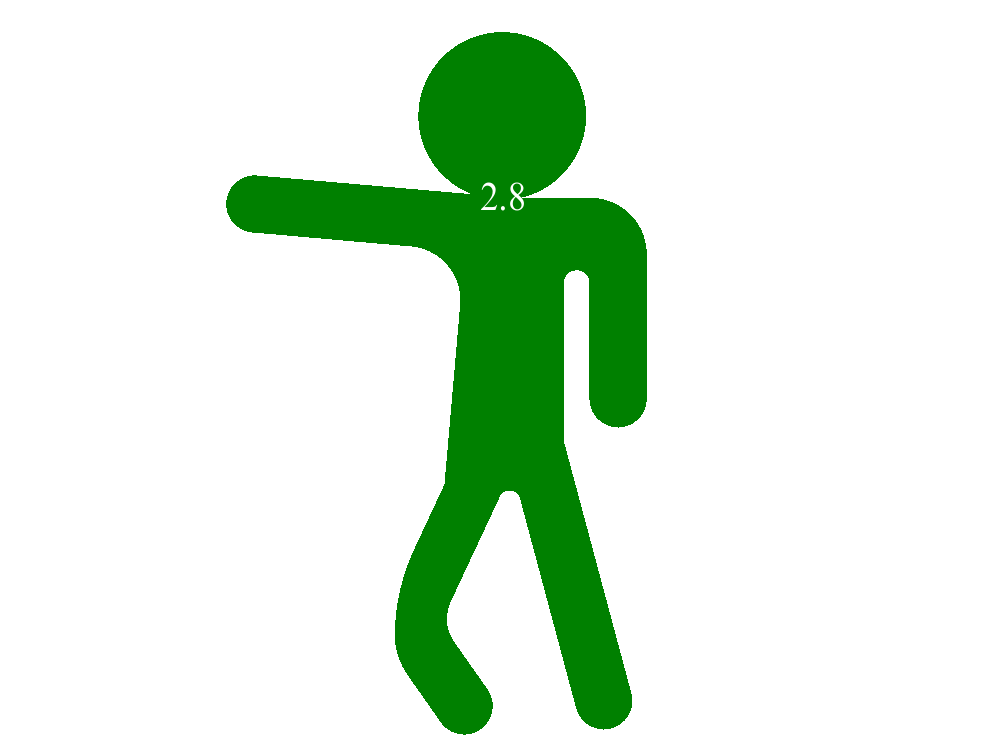PaperLand
Play and Code: Coding for Young Creators
Each lesson begins with physical games designed to engage your child's kinesthetic senses, helping them instinctively master the spatial and sequential reasoning needed to tackle digital challenges.
Through play, young learners will actively grapple with the computational and mathematical world to create digital works of art together.
From rhythms of the waves to beautiful seashells on the beach, children will learn to spot patterns like a mathematician, and express them as code like a computer scientist.
Take the first step into the wonderful world of coding and math for curious young minds!
Age group
Cost
5 to 8 years old
(K1 K2 - P1 P2)
$120 per lesson
Duration
4 terms throughout the year
8 lessons per term
120 minutes per lesson

Our Schedule
Class Title | Time |
|---|---|
Lesson 1: Blind Mice | 3:30 PM to 5:30 PM |
Lesson 2: Loopy Loops | 3:30 PM to 5:30 PM |
Lesson 3: Traffic Lights! | 3:30 PM to 5:30 PM |
Lesson 4: Battleships and Starfields | 3:30 PM to 5:30 PM |
Lesson 5: Dancing Telephone | 3:30 PM to 5:30 PM |
Lesson 6: Simon-Says | 3:30 PM to 5:30 PM |
Lesson 7: Field Day | 3:30 PM to 5:30 PM |
Lesson 8: Demo Day | 3:30 PM to 5:30 PM |
Every Sunday: 3:30 PM - 5:30 PM
Our Workshops
8 weeks of learning through play and exploration.
Every lesson has a blend of physical activities designed to aid them in the digital challenges.
*A minimum number of participants is required for the programme to commence.

Blind Mice
Lesson 1: 3.30 pm to 5:30 pm (min 5 children)
Imagine helping your friend navigate through a maze blindfolded. Chances are, they are going to get stuck because your instructions weren’t clear enough. Learning the importance of giving clear and concise instructions to your friend is the first step towards learning to give commands to a computer. Learners will learn to write their first program, just as they have programmed their friend’s path through the maze.

Loopy Loops
Lesson 2: 3:30 pm to 5:30 pm (min 5 children)
Spin, jump, turn around, following rhythms and sounds. Understanding sequences and repeating patterns is foundational when it comes to dealing with repetitive computing problems. Learners will get acquainted with the idea of loops and how to play around with them using code. Watch how beautiful patterns emerge from simple rules and repetition.

Animation: Traffic Lights!
Lesson 3: 3:30 pm to 5:30 pm (min 5 children)
Move when it’s green light, Stop when it’s red light! Learners will learn the importance of moving and waiting at the right times. Once they’ve mastered that, they are ready to start animating their drawings! Students will play with the rate at which their digital art is drawn - stop motion style. By varying time, they essentially learned to animate!

Battleships and Starfields
Lesson 4: 3:30 pm to 5:30 pm (min 5 children)
Cannons to E4! BOOM! We learn how to talk about and identify points in space. Now we add a roll of dice to decide which point to end up at. Out of the controlled randomness and uncertainty emerges everything from beautiful flower fields to magnificent starfields. This is procedural generation: teaching computers to create endless universes, one point in space at a time.

Dancing Telephone
Lesson 5: 3:30 pm to 5:30 pm (min 5 children)
It’s disco time! Each learner receives a dance move with a name and adds 1 more of their own move to it before passing it on. Keeping track of everyone’s unique dance moves and shouting their names in sequence is not easy! Students will translate this practice of composing simple dance operations into the composition of geometric operations and play around with the process of abstraction all in a fun and collaborative way.

Simon-Says
Lesson 6: 3:30 pm to 5:30 pm (min 5 children)
Simon says when you hear wow, shout wow! I shout wow! You shout wow! I shout wow again! Should we ever stop shouting wow? This could possibly go on forever maybe till we get .. hungry… This process called recursion is much like a mirror facing itself or a story within a story and underlies much of modern computing. It allows for the creation of “forever” programs, an infinite number of computations that can be described by a short finite recursive code like when “Simon says wow, you shout wow!”

Field Day
Lesson 7: 3:30 pm to 5:30 pm (min 5 children)
Nature is filled with hidden beauty! Learners will explore Sentosa island looking for objects of interest to study and model computationally. Everything from unturned seashells to falling leaves serve as inspiration for learners to apply all the skills they have learnt in the past 6 weeks in pattern recognition, abstraction and decomposition together with their peers.

Demo Day
Lesson 8: 3:30 pm to 5:30 pm (min 5 children)
Learners will touch up their digital models from the week before. As a culmination of their journey, our young learners will harness the power of lasers to bring their digital artworks into the real physical world — etched onto wood, acrylic, or other materials. They will then bring home these custom-made, laser-engraved art pieces. We will end as our now confident young creators share the learning journey behind their creations from their inspiration to the fun missteps along the way.